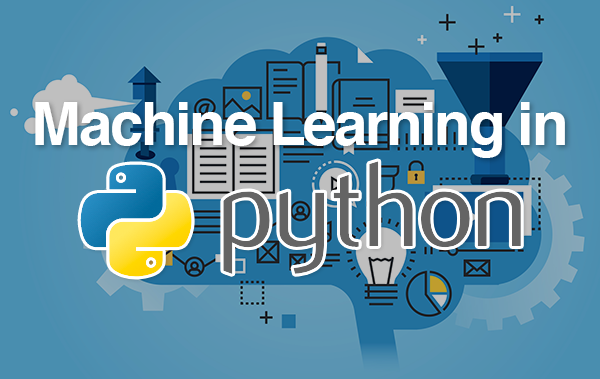
When working with large datasets, it’s important to know the dimensions of the data so that you can understand how to manipulate it. In this essay, we will go over the steps needed to get the dimension of a dataset in Python.
The first step is to load the data that you want to analyze. This can be done using a library such as Pandas or Numpy. Once the data is loaded, you can use the “shape” attribute in Pandas or Numpy to find the dimensions of the data.
For example, if you have a dataset loaded into a Pandas DataFrame called “data”, you can use the “data.shape” command to find the dimensions of the data. This command will return a tuple, with the first element being the number of rows and the second element being the number of columns.
Similarly, if you have a dataset loaded into a Numpy array called “data”, you can use the “data.shape” command to find the dimensions of the data. This command will return a tuple, with the first element being the number of rows and the second element being the number of columns.
It’s important to note that the number of rows represents the instances and the number of columns represents the features in the dataset. Understanding the dimensions of the dataset can help you to decide what type of model to use, and how to manipulate the data.
Another important aspect to consider is that the dimensionality of the dataset can have an impact on the accuracy of the model, and if the dataset is high-dimensional it could be prone to the curse of dimensionality. In that case, it’s important to use dimensionality reduction techniques such as PCA, LDA, t-SNE among others.
In conclusion, getting the dimension of a dataset in Python is a crucial step in understanding the data. The dimensions of the dataset can be found using the “shape” attribute in Pandas or Numpy, which returns a tuple with the number of rows and columns. Understanding the dimensions of the dataset can help you to decide what type of model to use, and how to manipulate the data. Moreover, the dimensionality of the dataset can have an impact on the accuracy of the model, and if the dataset is high-dimensional it could be prone to the curse of dimensionality, in that case, dimensionality reduction techniques can be used to reduce the dimensionality of the dataset.
In this Applied Machine Learning & Data Science Recipe (Jupyter Notebook), the reader will find the practical use of applied machine learning and data science in Python programming: How to get dimension of a Dataset.
What should I learn from this recipe?
You will learn:
- How to get dimension of a Dataset.
How to get dimension of a Dataset:
Disclaimer: The information and code presented within this recipe/tutorial is only for educational and coaching purposes for beginners and developers. Anyone can practice and apply the recipe/tutorial presented here, but the reader is taking full responsibility for his/her actions. The author (content curator) of this recipe (code / program) has made every effort to ensure the accuracy of the information was correct at time of publication. The author (content curator) does not assume and hereby disclaims any liability to any party for any loss, damage, or disruption caused by errors or omissions, whether such errors or omissions result from accident, negligence, or any other cause. The information presented here could also be found in public knowledge domains.
Learn by Coding: v-Tutorials on Applied Machine Learning and Data Science for Beginners
Latest end-to-end Learn by Coding Projects (Jupyter Notebooks) in Python and R:
Applied Statistics with R for Beginners and Business Professionals
Data Science and Machine Learning Projects in Python: Tabular Data Analytics
Data Science and Machine Learning Projects in R: Tabular Data Analytics
Python Machine Learning & Data Science Recipes: Learn by Coding